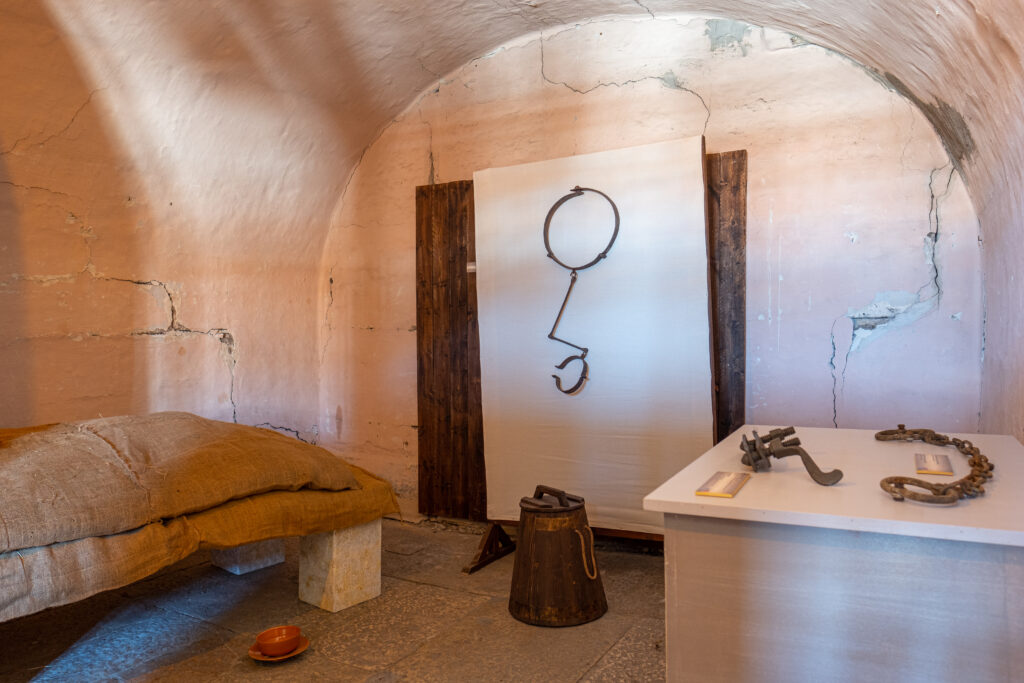What is the pillory?
The pillory, medieval torture instrument, was an infamous punishment of ancient barbaric origin, used especially in the Middle Ages, but still practiced in sec. 19. The condemned man was chained and exposed to the public, often on a stage, mostly with the indication of the crime committed. Sometimes the latter was recited by a crier who accompanied a cart on which the unfortunate was loaded and led through the city streets.
The "Column of Justice"
In its evolution it transformed from iron collar, fixed to a column by means of a chain that was tightened around the neck of the condemned, to wooden planks with a hinge, equipped with holes through which the head and/or various limbs of the prisoner were inserted, then locked to hold him.
In Venice In Venice, the offender was put in this condition placing a mitre or a paper crown on his head, and exposing him to abuse and public derision for a few hours of the day.
In some versions it was called "Column of Justice" or "Infamous column" because it consisted of a stone column that stood in the center of the public square. Sometimes it was represented by an anthropomorphic stone statue.
Rialto: the exhibition on the pillory stage
In Venice, the exhibition on the stage took place in the Rialto, and from 1372 it was moved between the two columns of San Marco and San Todaro. The convictions were intended for minor crimes and usually affected commoners.
The origin of the saying "to be pilloried"
"To pillory" is an expression that, figuratively speaking, means exposing someone to public derision.
Visit the Palazzo delle Prigioni Nove in venice
The Palazzo delle Prigioni offers the opportunity to view the instruments of torture, prisons and period clothes still today, as well as learn about the stories and legends of a distant Venice. A piece of history witnessing the death and torture machines once used as instruments of justice.
